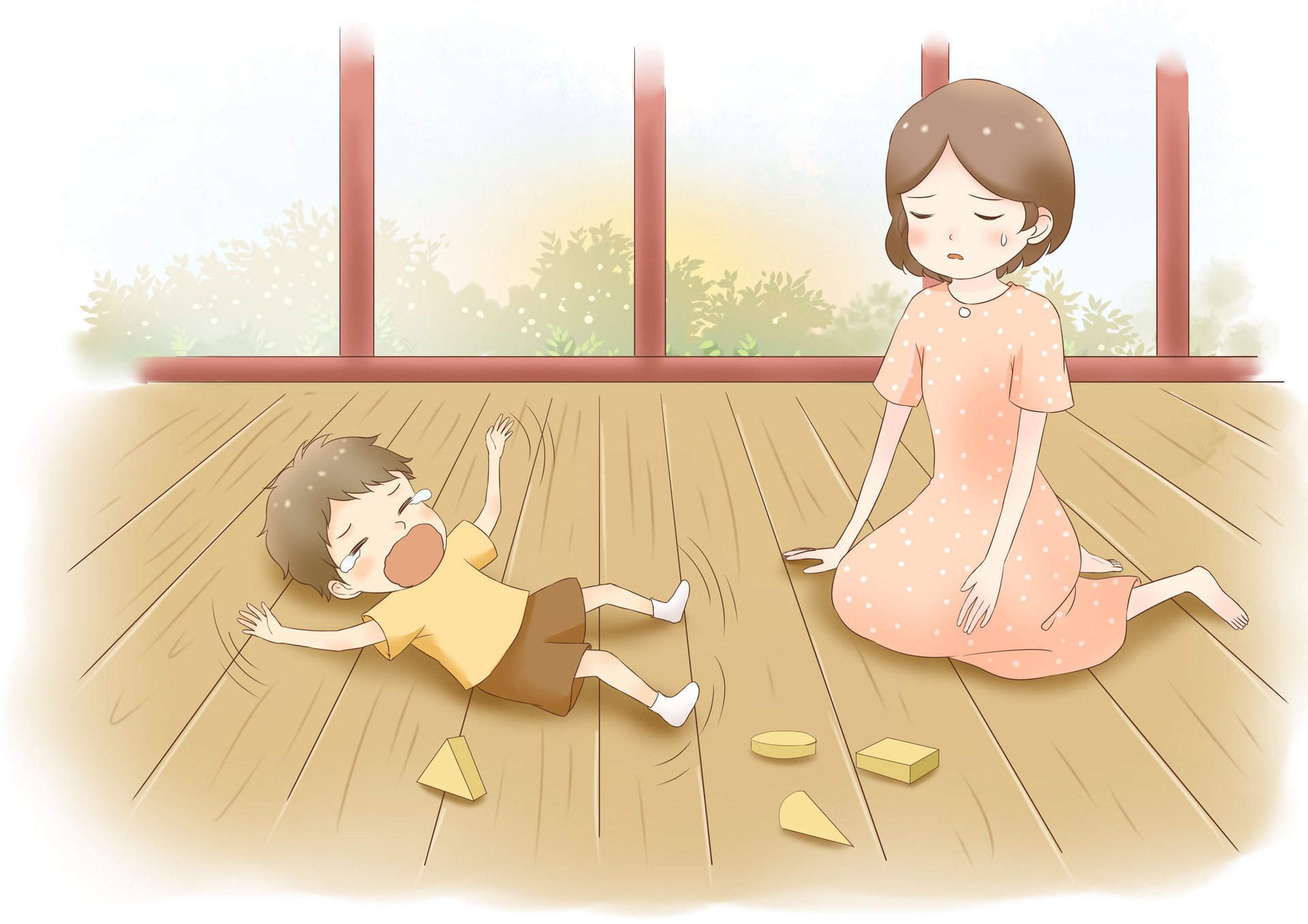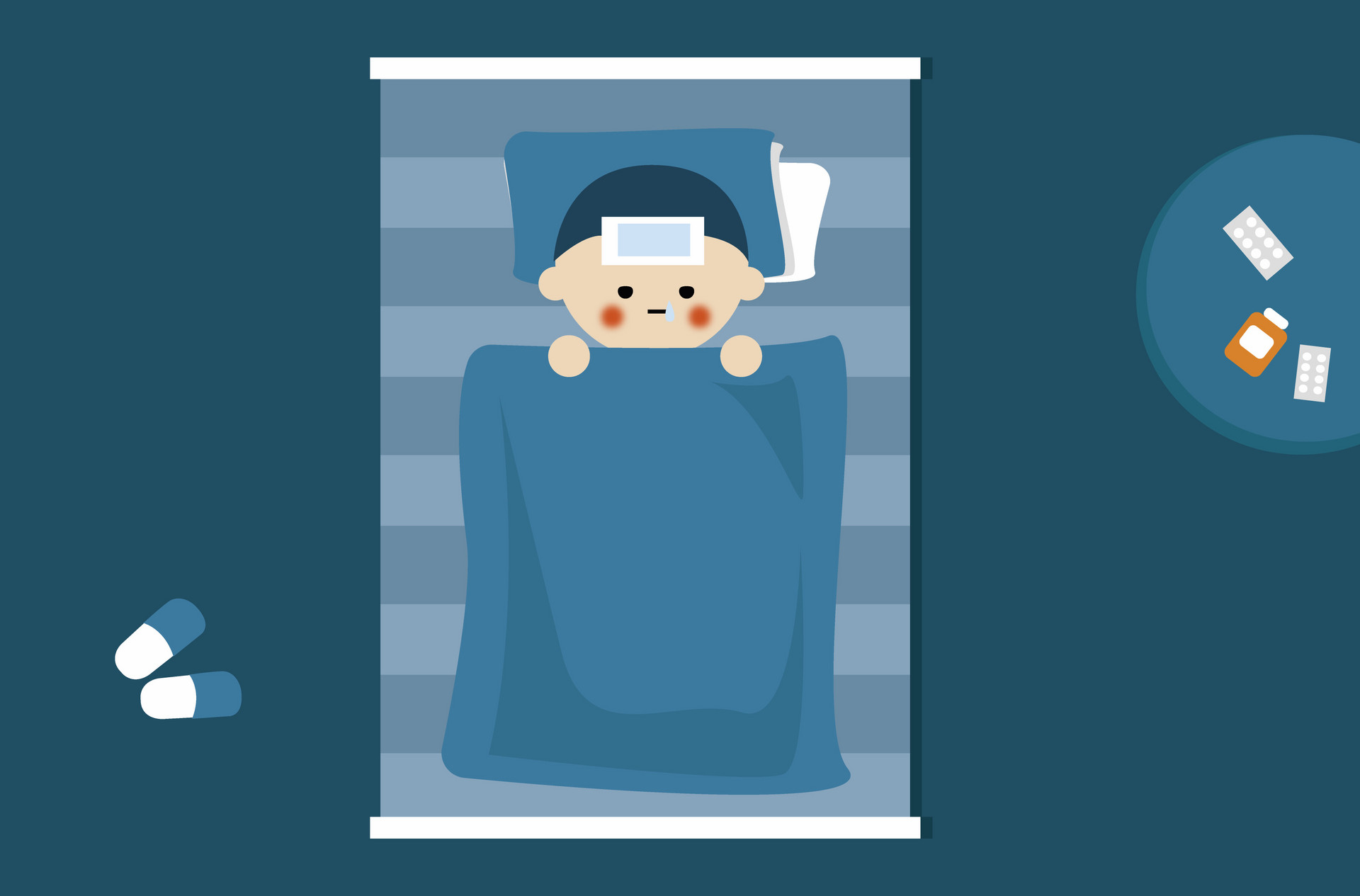Hand, foot, and mouth disease is a common illness that occurs in children under 5 years old. It is characterized by symptoms such as mouth pain, loss of appetite, low-grade fever, and the appearance of small blisters or sores on the hands, feet, and inside the mouth. Hand, foot, and mouth disease shares similar symptoms with other childhood illnesses such as herpangina and chickenpox. Many parents struggle to identify it quickly when their child develops hand, foot, and mouth disease, often leading to delays in treatment. Today, I will guide you on how to quickly identify the early symptoms of hand, foot, and mouth disease!
※ What are the early symptoms of hand, foot, and mouth disease? ※
1. In the early stage of hand, foot, and mouth disease, the child may experience symptoms similar to upper respiratory tract infections, such as fever, cough, runny nose, and excessive salivation.
2. Some children may also experience symptoms like nausea and vomiting.
3. Oval or spindle-shaped blisters may appear on the back of the hands, feet, and fingers. The blisters are surrounded by a reddish halo and contain clear fluid. The long axis of the blisters aligns with the skin lines.
4. The center of the blisters may become concave, turn yellow, dry out, and peel off. Additionally, scattered, slightly hardened pale red papules or blisters may also appear on the fingertips and toes.
5. In the mouth, scattered blisters can be found on the lips, oral mucosa, and gums. However, these blisters quickly rupture and form grayish-white spots or a thin layer of membrane with a reddish halo. Under the grayish-white membrane, small points or patches of erosion can be seen.
※ Early symptoms of hand, foot, and mouth disease (illustration) ※
Hand, foot, and mouth disease symptoms in children can be easily confused with other illnesses. By referring to the above 5 points, parents can quickly determine if their child has hand, foot, and mouth disease. Take a look now!











